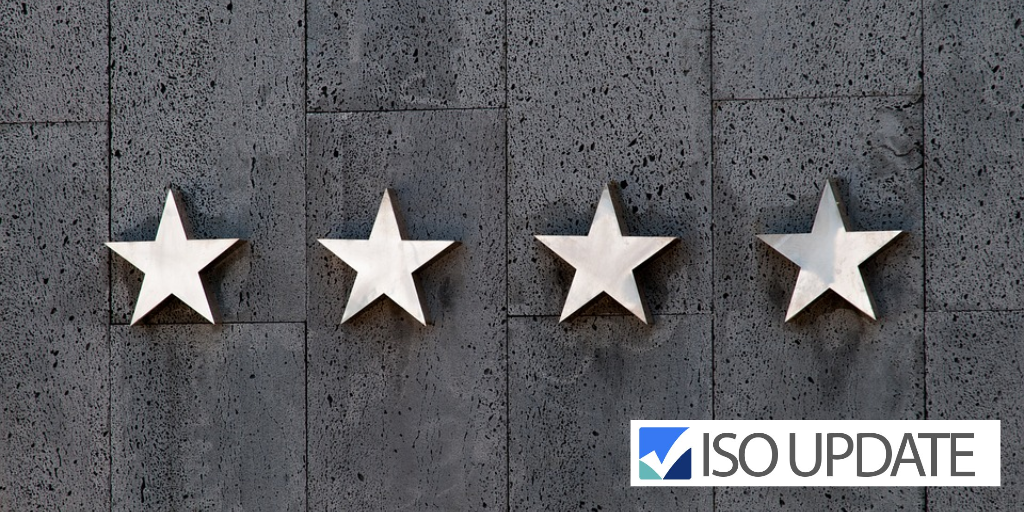Understanding ISO 55001
ISO 55001 lays down the prerequisites for an asset management system. It gives a framework for the establishment and regulation of objectives, policies, processes, governances, and facilities involved in any organization’s pursuit of their goals and objectives. The standard highlights the necessity of having a management system.
ISO 55001 does not include or specify any financial, technical, or accounting needs for managing various types of assets.
ISO 55001 uses an organized and effective system for driving ongoing improvement and creation of value.
This is possible by effectively managing all assets and the costs, risks, and performances related to these assets.
ISO 55001 is complemented by the two other additions in this category namely ISO 55002 and 55000. They provide the principles, overviews, application, guidance and terminology.
Importance of ISO 55001
Understanding and conforming to ISO 55001 can provide support to organizations that want a more proactive culture and want to constantly improve their organization’s efficiency and effectiveness by creating the maximum value from their assets.
ISO 55001 also demonstrates a commitment to managing and optimizing costs, risks and performances to all the stakeholders involved.
As ISO 55001 is a globally recognized standard, it provides organizations all over the world with a common language and a framework that is consistent and aligns with other standards of management. This allows for seamless cooperation and alliance between different departments of an organization.
Primary Benefits of Complying with ISO 55001
1. Optimal Performance
This management system allows organizations to manage their opportunities and assets in long and short terms, effectively and efficiently. This way, they can meet or even exceed their performance expectations and become more socially responsible.
2. Improved Costs
An effective system for managing systems such as ISO 55001, improves the organization’s ROI, and reduces operational costs. All this is achieved without affecting the organization’s performance or sacrificing its values and commitments.
3. Better Risk Management
By regularly reviewing various operational procedures, processes and managing assets, the organization can make smarter decisions and reduce the risks involved.
4. Assured Improvement and Growth of Business
An effective system for managing assets encourages growth and improvement in all sectors of the organization and facilitates interdepartmental coordination. Thereby, improving communication and understanding of the organizational goals and values.
5. Effective Decision Making
When all the assets are managed effectively and are optimized to align with other management standards and the organization’s goals and objectives, then the organization’s think tank can make more effective and practical decisions that further increase the probability of realizing goals.
6. Inspires Confidence in Stakeholders and Improves Organization’s Reputation
Complying with ISO 55001 demonstrates to both internal and external stakeholders that the organization takes asset management seriously and is committed to improving performance.
Who is it for?
Managing assets is something that every organization should consider a priority. It is what helps the organization optimize performance, streamline production and operation, ensure continual growth, and help them become more socially proactive and responsible. Therefore, ISO 55001 is little short of a staple item for every organization
ISO Terms Explained

To the novice quality manager, ISO jargon can be extremely overwhelming. What is an NCR? What do you mean by OFI? Are we certified or accredited? But before you go and pull out your hair, let’s take a moment to go over some of the most frequently used terms and their definitions with regards to ISO and Management System Certification.


